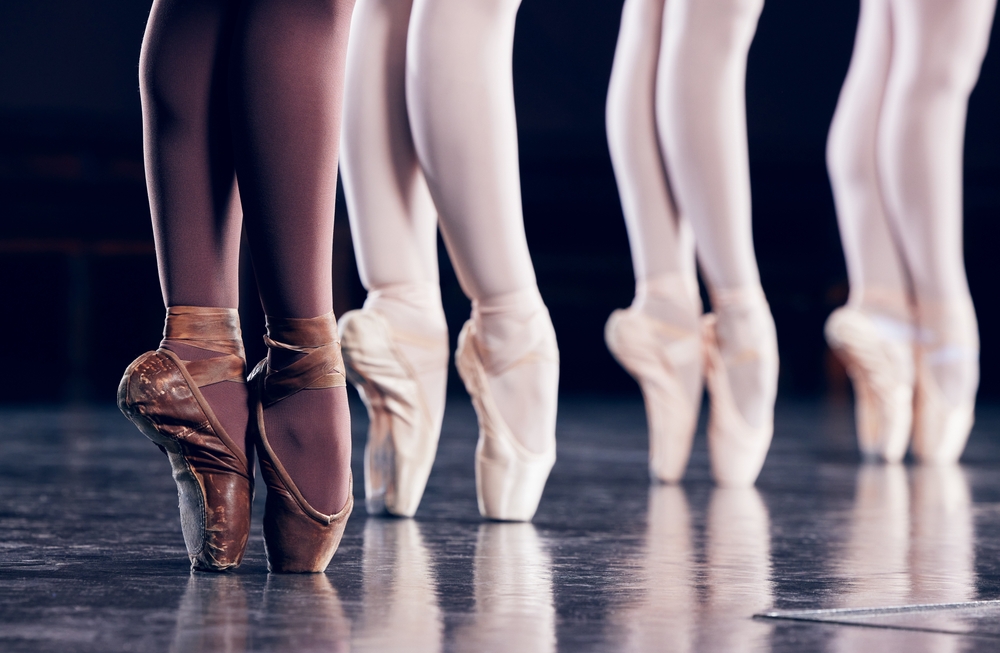Shining a Spotlight on the New Age of Ballet: A Modern Dance Revolution
Dive into the exhilarating world of modern ballet, an artform that's pushing boundaries and defying expectations. This article explores the historical roots, current trends, and future potential of this innovative dance movement, providing an insightful look at how ballet is evolving in the 21st century.

The Historical Ballet Stage
Ballet, a classical dance form that originated in the Italian Renaissance courts of the 15th century, has long been associated with tradition, elegance, and precision. In its early years, ballet primarily served as entertainment for aristocratic courts. Over time, it expanded beyond the courts to become a professional artform, with France and Russia playing significant roles in its development.
The Current Leap: Modern Ballet
In the 20th century, ballet began to evolve, pushing beyond its classical confines to incorporate contemporary themes and styles. This marked the birth of modern ballet, a genre that blends traditional ballet technique with modern dance elements such as increased freedom of movement and expression. Today, modern ballet is a vibrant and evolving artform, with choreographers and dancers worldwide pushing the boundaries of what ballet can be.
Innovators of the Dance Floor
Several key figures have played pivotal roles in shaping modern ballet. One such luminary is George Balanchine, a Russian choreographer who created a neoclassical style characterized by speed, energy, and abstraction. Another influential figure is William Forsythe, an American choreographer who further deconstructed ballet, challenging traditional notions of alignment and form.
Impact and Reception of Modern Ballet
Modern ballet has made a significant impact on the dance world and beyond. Its innovative approach has breathed new life into ballet, attracting new audiences and broadening the scope of what can be achieved in the genre. The reception has been largely positive, with critics praising the creativity and boldness of modern ballet performances.
Gazing into the Future of Ballet
As we look towards the future, the evolution of ballet shows no signs of slowing down. With an ever-growing number of choreographers and dancers exploring new ideas and pushing boundaries, the possibilities for modern ballet are vast. As this exciting artform continues to evolve, we can expect to see even more innovation, creativity, and surprise on the ballet stage.
In conclusion, modern ballet is a dynamic and innovative artform that challenges the conventions of classical ballet. Its roots are deeply embedded in tradition, yet its vision is firmly focused on the future. As it continues to evolve and grow, modern ballet promises to keep audiences captivated, engaged, and eagerly anticipating what’s next.




